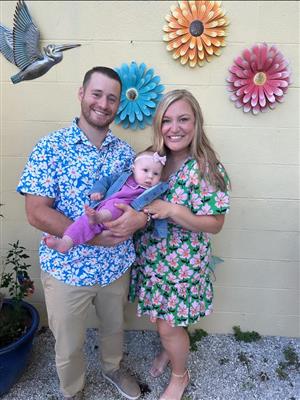Select a School...
Select a School
- Diehl Elementary School
- Edison Elementary School
- Grover Cleveland Elementary School
- Harding Elementary School
- Jefferson Elementary School
- JoAnna Connell Elementary School
- Lincoln Elementary School
- McKinley Elementary School
- Perry Elementary School
- Pfeiffer-Burleigh Elementary School
- East Middle School
- Strong Vincent Middle School
- Woodrow Wilson Middle School
- Erie High School
- Northwest Pennsylvania Collegiate Academy
- Patrick J. DiPaolo Student Success Center at Emerson-Gridley
- Eagle's Nest Program of Academic Distinction


